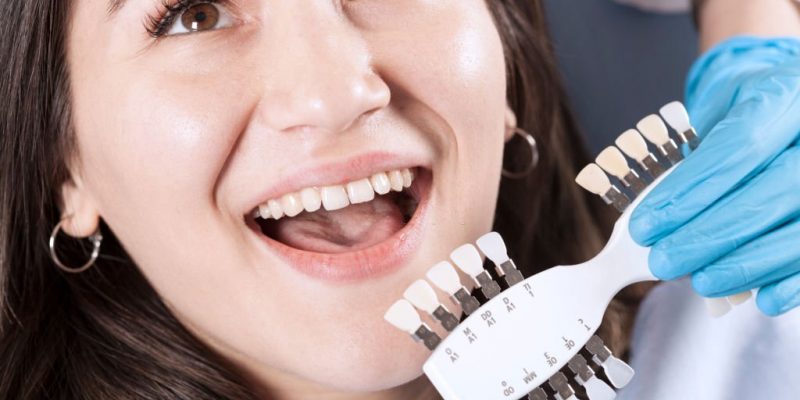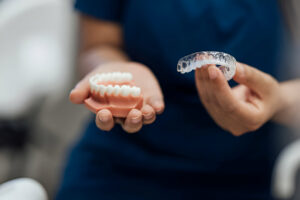Missing even one tooth can cause permanent and severe damage to your dental health. Situations become more complicated if you lose your back molar, as the surrounding teeth also get affected. After you lose a back tooth, also known as a molar, all the other teeth lose their support and structure, thus causing them to start shifting from their original position. The process may not happen overnight, but you may notice the changes in a few months. Avail professional Garland dentistry services for improved outcomes.
Back molar tooth extraction is a standard procedure amongst adults. It may be required for severe reasons like tooth decay or damage due to trauma or accident, broken tooth, or periodontal disease. After getting your back molar extracted, it is necessary to replace them to restore your normal dental function.
4 Reasons You Need to Replace Your Missing Back Tooth
People often ignore replacing their back molars since they don’t affect one’s smile. But that’s not a good idea. After tooth extraction, there are higher risks of complications, which include the shifting of adjacent teeth due to lack of support. A lack of stimulation in that site leads to bone shape deterioration. As a result, it affects your smile and hampers your overall teeth structure.
So, filling the gap with temporary or permanent teeth replacement devices, such as dental implants or dentures, becomes necessary. Here are the top five reasons you need to get your missing back molar replaced.
-
It prevents dental drift and super eruption:
A lost back molar may cause the surrounding teeth to gradually drift out of their original alignment, a process known as “dental drift.” It happens when the remaining teeth start shifting to fill the gap created by the extracted tooth.
As a result, the adjacent teeth may “super erupt,” in which they start moving farther away above the gum line. If left untreated for a prolonged time, it may gradually expose the roots of these drifted teeth, leading to severe complications like dental infections and further tooth loss.
-
It prevents further tooth loss:
Tooth roots provide the required stimulation to keep your gum tissue volume and jawbone healthy and functional. In addition, it provides stability for the surrounding teeth, preventing gradual tooth disorientation or shifting. As a result, a replacement tooth may prevent further tooth loss.
-
It maintains your gum tissue volume:
A healthy gum tissue volume is necessary to maintain a youthful and attractive facial appearance. When the structures of your mouth are firm and whole, they help to keep the shape of your jawbone.
After a tooth loss, the root structures are missing, so there is no support for the gum tissue. With time, these soft tissues tend to break down, which results in changes in the shape and appearance of your face and smile. This is why tooth loss is often considered a cause of an aged, sunken, and saggy look.
-
It preserves your jawbone density:
A lost tooth may further cause it to break down due to a lack of necessary stimulation in the missing tooth space. In the long run, it may change your facial aesthetics, make it difficult to eat, chew, smile, or speak, and even place strains on the temporomandibular joints.
Best Ways to Replace Your Back Tooth
There are numerous procedures to get a replacement tooth, most pain-free and straightforward. Besides, some are cost-effective, especially if you get a permanent dental implant. However, before deciding, talk to your Garland dentistry team about the dental procedures that would suit you the best, depending on your specific dental concerns and preferences.
-
Dental Implants
A dental implant for the molar is the best solution to save your other teeth from getting dislocated or disoriented. It replaces your missing molar and makes it look and function like a natural tooth. Dental implants are implanted into the tooth’s gum tissue to replace the tooth’s root with a metal screw (generally made of titanium). The implant is fused to the jawbone to restore the functionality and appearance of a natural tooth, preserving its ability to chew and speak properly.
-
Dentures
However, if a molar dental implant doesn’t suit you, such as when you are not a candidate for dental implants, you can go for partial dentures, too. It may not be a favorable option, though. But you can still restore your chewing and talking functions.
However, you must carefully observe if you’re still experiencing some teeth shifting or disorientation since these dentures do not stimulate your bone and, therefore, do not provide ample support. Your adjacent teeth may weaken and turn from their place over time.
Conclusion
In a nutshell, nobody can indeed see if you have lost a back molar. But if you don’t replace it on time, you can face several discomforts and complications in your teeth structures and overall oral health. Therefore, replacing your lost back tooth before it affects the adjacent teeth is necessary. Consult your Garland dentistry clinic to learn about the detailed back tooth replacement procedures and regain your dental structure and functionality.







